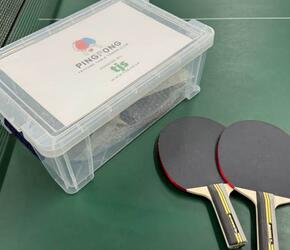Fast and Responsive Flash: Introduction
Since becoming the designated Flash developer here at TJS, I’ve worked on a number of projects that demand some kind of online design engine for creating bespoke products. So far, we’ve dealt with adhesive labels, polo shirts, name badges and car number plates and have at least one more engine build on the horizon. Flash is prevalent across the web and is relatively fast and stable (compared to JavaScript, at least), so is a great tool for providing high levels of interactivity to as many customers as possible.
However, Flash can become a very demanding media and not all of those customers own state-of-the-art machines running on high-speed connections. I’m very conscious of performance issues – coming from a background in real-time application development – so I’ll often find myself tuning and refactoring code to get it running as fast and light as possible.
In my following posts, I’ll be covering some of the mechanisms I’ve learnt about and employed that help keep Flash running lean without compromising the richness of the content.
Part 2: Loading Fonts on Demand


